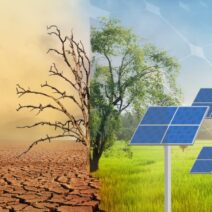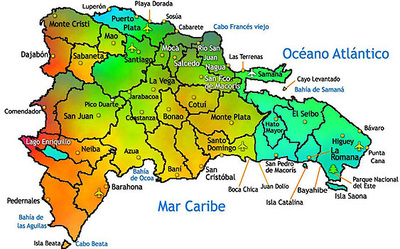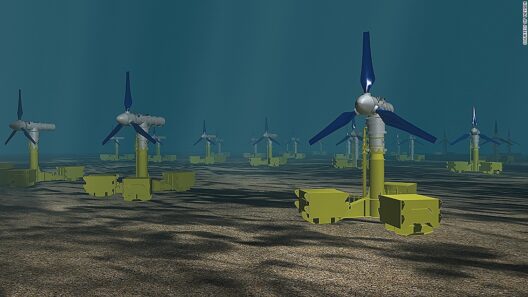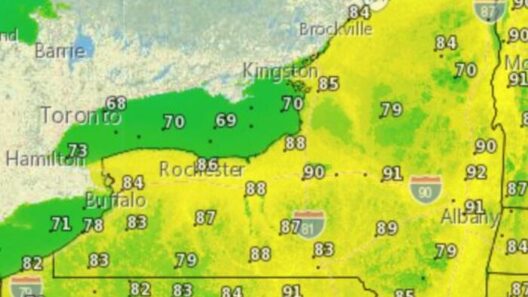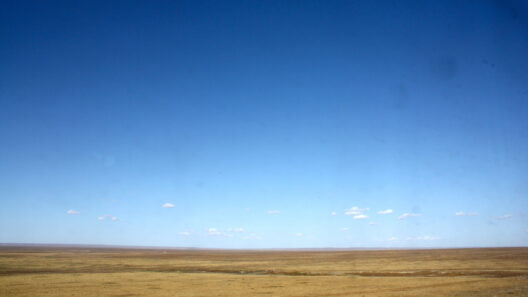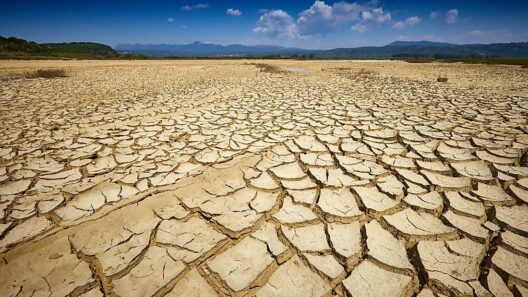The Dominican Republic, known for its picturesque landscapes and tropical allure, has a climate that perfectly embodies the essence of the Caribbean. With its vast array of ecosystems, the climate here is not just a backdrop but a character in its own right, influencing agriculture, tourism, and daily life. But what exactly defines the climate of the Dominican Republic, and how does it hold up against the challenges posed by climate change? Let us embark on a journey to explore the intricate tapestry of Caribbean heat and rain in this vibrant nation.
At its core, the Dominican Republic experiences a tropical maritime climate. This classification is characterized by warm temperatures throughout the year, modest seasonal variations, and distinct wet and dry periods. The annual mean temperature typically hovers between 77°F to 82°F (25°C to 28°C), providing an idyllic environment ideal for both locals and visitors alike. But what about the rainy days? Curious minds might ponder—how much rain falls on this tropical paradise?
The rain! The Dominican Republic experiences significant annual precipitation, averaging from 40 inches (1,000 mm) to over 80 inches (2,000 mm) depending on the region. The dampness is not uniformly distributed; instead, an intriguing geographical variation arises from the country’s diverse terrain. The northern and eastern coastal regions, for instance, receive a heavier share of rainfall compared to the arid southwestern variations. During the rainy season, which typically spans from May to November, these areas sometimes see torrential downpours. The accompanying thunderstorms can be quite dramatic, painting the sky with a zealous display of nature’s might.
Interestingly, the Dominican Republic is not immune to the broader atmospheric phenomena that affect the Caribbean basin. The hurricane season ranges from June to November and poses a significant challenge to the population and environment. While the warm waters of the Caribbean serve as fuel for storm development, local adaptations—such as building codes and emergency preparedness—are essential in mitigating potential destruction.
Rainfall patterns play a pivotal role in sustaining the lush biodiversity present within the island. From the tropical rainforests of the Cordillera Central to the arid deserts of the southwest, the climate nurtures an exceptional variety of flora and fauna, some of which are unique to the island. However, the question remains: Is the current climate sustainable for maintaining this biodiversity?
As a tropical haven, the Dominican Republic is blessed with biomes that teem with life, yet these ecosystems are under siege from the very climate that benefits them. Increasing occurrences of extreme weather events, such as droughts and heavy rains, create an erratic rhythm in the natural cycles. It is not merely a matter of discomfort but an existential query for many species. The delicate balance within these ecosystems can easily be tipped, leading to habitat destruction and loss of biodiversity.
So, what’s the government doing? Various measures and policies have been initiated to address climate change’s impacts, emphasizing sustainable development, reforestation, and coastal protection. The National Adaptation Plan focuses on enhancing resilience across vulnerable sectors while engaging communities in conservation efforts. This approach underlines the importance of collective action to adapt to an ever-changing climate. However, how effective are these measures against the backdrop of global warming?
One of the most striking elements of the Dominican Republic’s climate is its seasonality. The dry season, spanning from December to April, coincides with the peak tourist season, attracting thousands seeking the sun. Visitors flock to the pristine beaches, picturesque resorts, and vibrant culture, all while enjoying the stable weather. However, locals often face water shortages during these dry months, raising concerns about equitable access to resources. As a visitor, one might ask, how do you feel about the balance between tourism’s economic benefits and the environmental challenges they bring?
Moreover, the cultural significance of seasonal shifts cannot be overlooked. Agriculture is the lifeblood for many in the Dominican Republic, dictating planting and harvest schedules. Crops such as coffee, bananas, and sugarcane rely heavily on the season’s timing. The roles here are intertwined—while the climate drives agricultural practices, agriculture simultaneously shapes the socio-economic landscape of the nation. Strikingly, how much longer can this delicate dance continue under the pressures of climate change?
In summary, the climate of the Dominican Republic is a complex synthesis of tropical warmth and seasonal rains, underpinning the life that flourishes within its boundaries. As we peel back the layers of climate influence, it becomes increasingly evident that while the island is a tropical paradise, it also stands at a crossroads. The interplay between climate, biodiversity, and human activity creates a rich yet vulnerable tapestry. Can the Dominican Republic preserve its natural heritage while navigating the turbulent waters of climate change? Let us remain actively engaged, aware, and adaptable, for the answer could shape the destiny of this Caribbean gem for generations to come.

